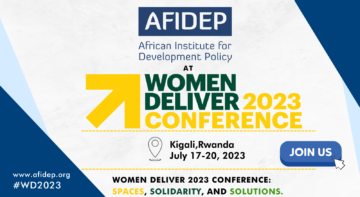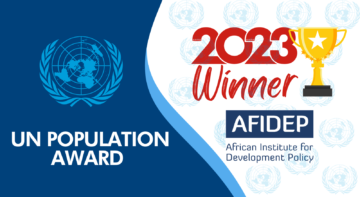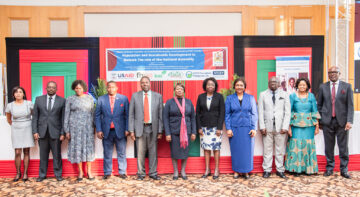Blogs

The Department for International Development (DFID) Somalia has brought together researchers, government officials and various Somali stakeholders to a two-day practitioner-level discussion on urbanisation in Somalia. The forum, ‘Technical Dialogue on Urban Resilience in Somalia‘, held in Nairobi, Kenya, is taking place from 26-27 June 2018.
The discussions at the forum seek to get perspectives from the ground, share experiences and exchange information on how technical experts can collectively work towards improving urban resilience in Somalia as its cities continue to grow.
Somalia has the highest rates of urbanisation in the world, and as the rural population continues to migrate to the cities, Somalia faces varying and dire pressures regarding sufficient services and infrastructure. Tensions over land and representation and the impacts of increasing urban Internally Displaced Persons (IDP) populations also add to the demands and challenges that stem from rapid urbanisation.
On 26 June 2018, Dr. Eliya Zulu, Executive Director at the African Institute for Development Policy (AFIDEP), spoke on the ‘youth bulge’, employment and policy implications for the region.
In his discussion, Dr. Zulu pointed out that 67% of 14-29-year-olds in Somalia are unemployed and face unique vulnerabilities due to lack of skills, linkages to labour markets and displacement. He listed priority areas that include education, family planning, good governance, economic reforms, and job creation, as some of the priority areas that are key to managing population dynamics and converting this into opportunity. Urbanisation offers important opportunities for economic and social development given there is an enabling environment for innovation and job creation.
Development prospects for Somalia
Like most countries in Africa, Somalia has a youthful population with about 20% (3 million) of the total population (15.2 million) being between the ages of 15 and 24. As a result, the dependency ratio is high and the strains on resources are acute as demand for education, health, housing, infrastructure, and employment is elevated. There is a need for policy reforms that can see Somalia have smaller cohorts of people being born. With decreased birth rates and child mortality rates comes a youth bulge, and if the youth are trained, skilled and productively employed, this could lead to a demographic dividend for Somalia.
Emphasis is put on the fact that a demographic dividend is dependent on wider policy responses by a country. Dr. Zulu mentioned that the demographic dividend is time-bound as the youth bulge will turn into an old-population bulge. It is therefore important that policies are put in place to ensure the provision of decent livelihood opportunities and the establishment of equitable and sustainable cities that can accommodate the growing demands posed by rural-to-urban migration. There is a need to focus on the quality of human capital, and the country has to mitigate economically underproductive and dependent youth and bolster both the private and public sector to provide decent jobs.
Dr. Zulu drew from the findings of a recent study, the East African Regional Analysis of Youth Demographics by AFIDEP, the UK Department for International Development (DFID), the University of Southampton and the East African Research Fund (EARF), which analysed the urbanisation trends of East African Community (EAC) countries (Rwanda, Tanzania, Uganda, and Kenya), the challenges involved, and policy recommendations to remedy pressures caused by rapid urbanisation. The report suggests that urban planning should take into consideration both the increase in population in urban areas from rural-to-urban migration and from non-migrant urban residents. Rural development schemes that offer attractive livelihood opportunities for youth can help manage rapid urbanisation.
To illustrate how those in development can better serve in improving urban resilience in Somalia and capitalise on the youthful human resource for socio-economic transformation, Dr. Zulu noted that development partners need to engage in in-depth prioritisation policy and performance analysis, incorporate systems thinking and integrated planning capacity, have sustainable funding for demographic dividend interventions and reinforce the role of the private sector and other stakeholders.
The urban resilience discourse is multifaceted stretching across fields and for that reason government partners, private sector, civil society, development partners, and UN agencies are slated to engage in the interactive discussion on this issue over the two days.
Related Posts





